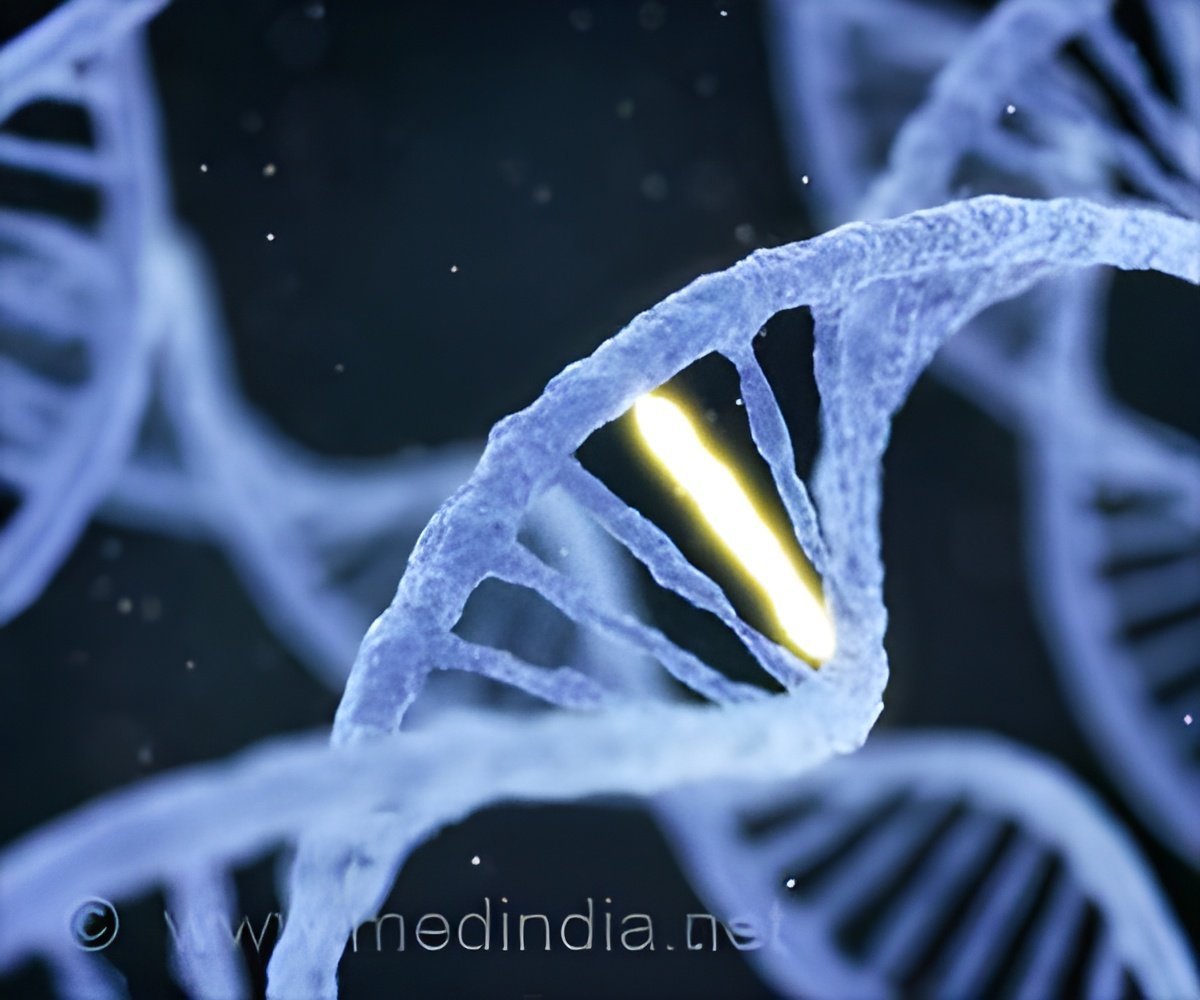Three-dimensional genome structure of male germ cells may help to determine the evolution of genomes over time.

‘Three-dimensional genome structure of male germ cells may help in determining the evolution of genomes over time.’





The present study was carried out in rodent species to analyze the impacts of distinctive events occurring during egg and sperm cell production on genome evolution.
Dynamics of Genome
“Our work shows the dynamics of chromatin remodeling during the formation of male gametes is fundamental for understanding which parts of the genome are located close to each other inside the nucleus, and are therefore more likely to be involved in chromosomal rearrangements, in different moments throughout male spermatogenesis," says Dr. Aurora Ruiz-Herrera, at the UAB.It was found that evolutionary breakpoint regions (EBRs) were related to regions specific to later stages of spermatogenesis.
In addition, EBRs were not associated with meiotic recombination hotspots and rather correlated with DNA damage locations in spermatids.
“We show that developing sperm cells retain a ‘memory’ of previous genome configurations. There are stretches of DNA that used to be part of a single chromosome in rodent common ancestor but are now located on different chromosomes in mouse — yet these still move close to each other and make physical contact specifically in developing sperm cells,” says Dr. Marta Farré, UAB.
These findings help to open new research paths into the genetic origin of genome structure in all organisms.
Advertisement










